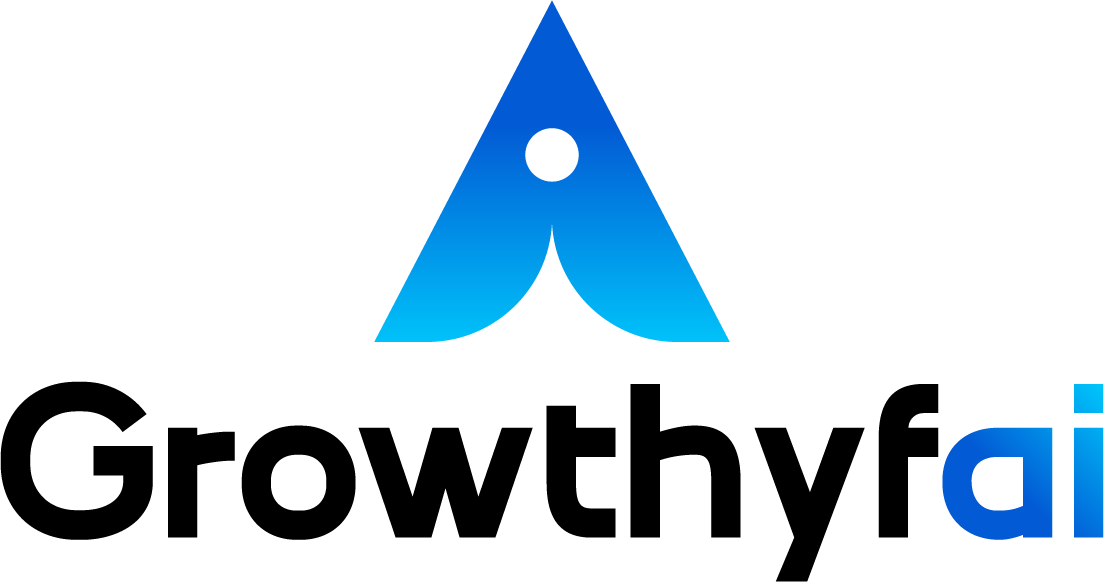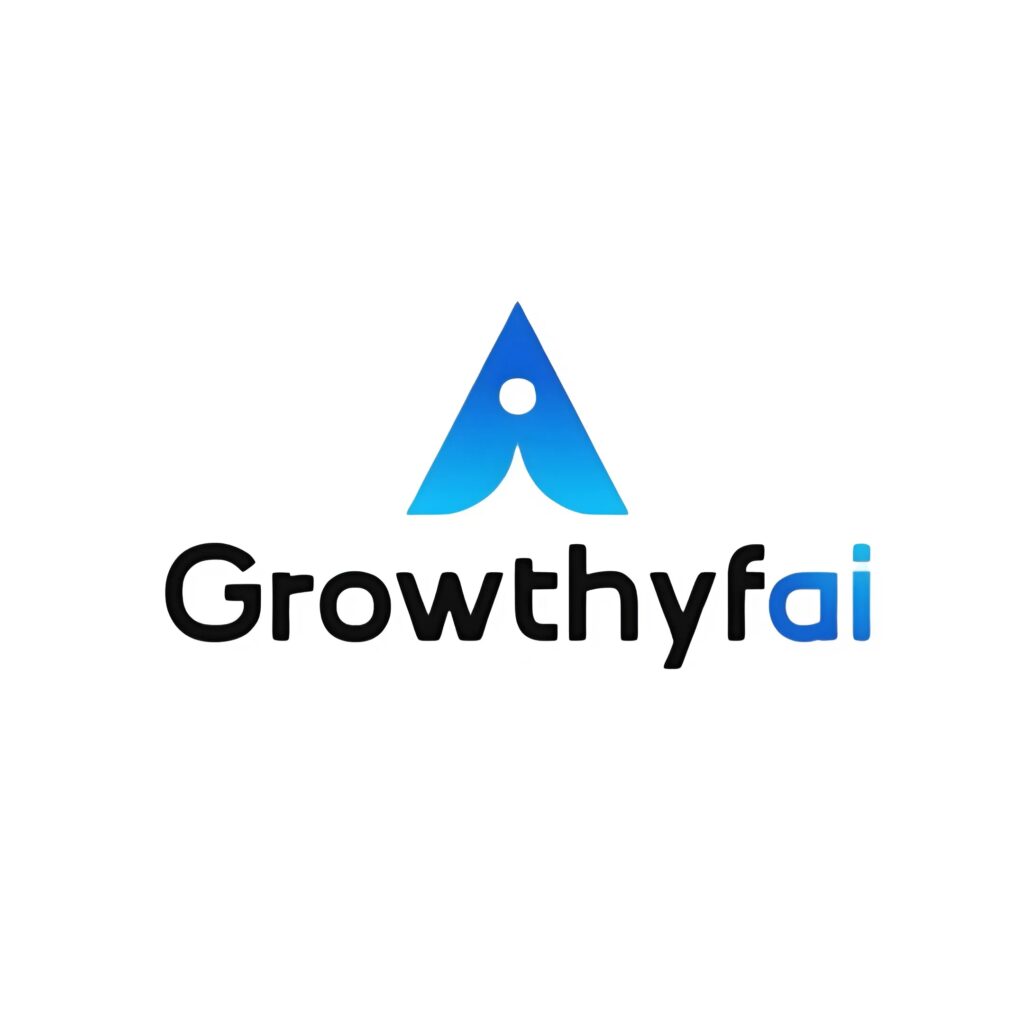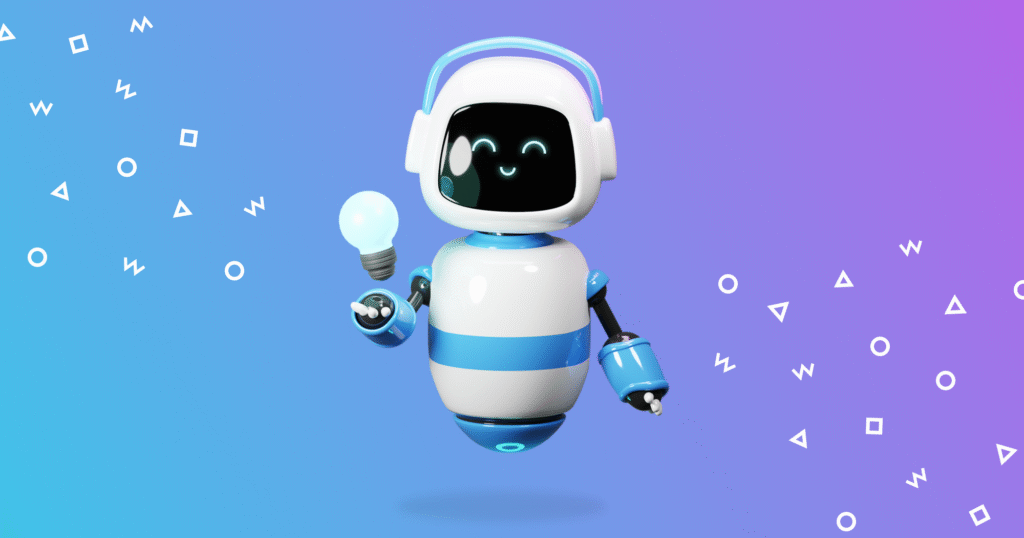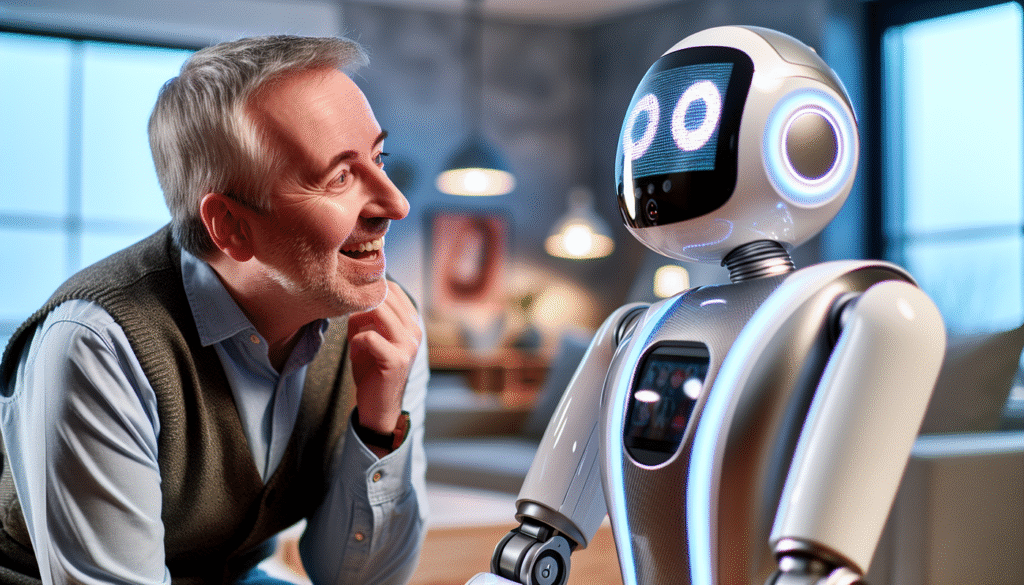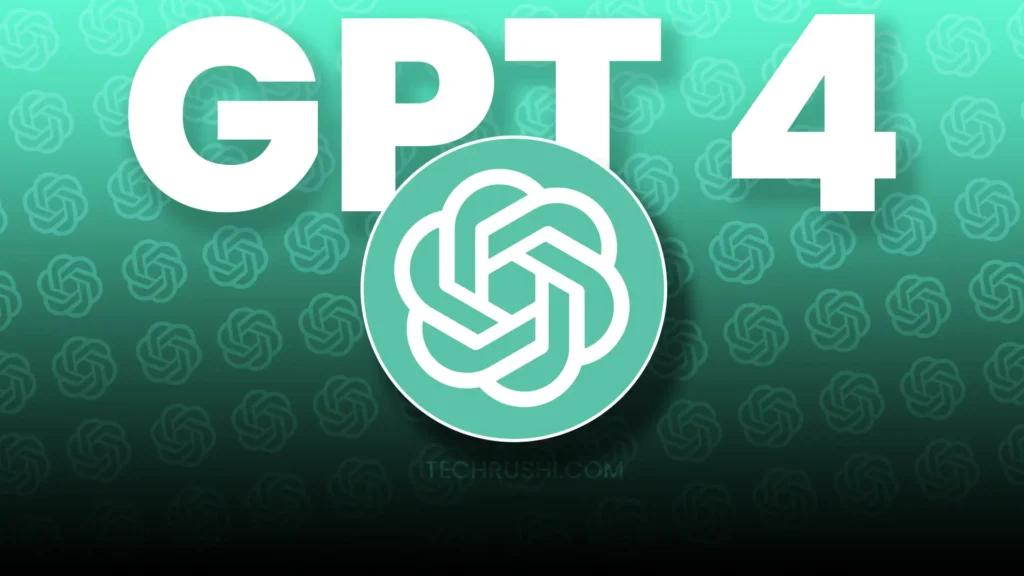New AI-powered device translates baby cries in real-time, revolutionizing parenting

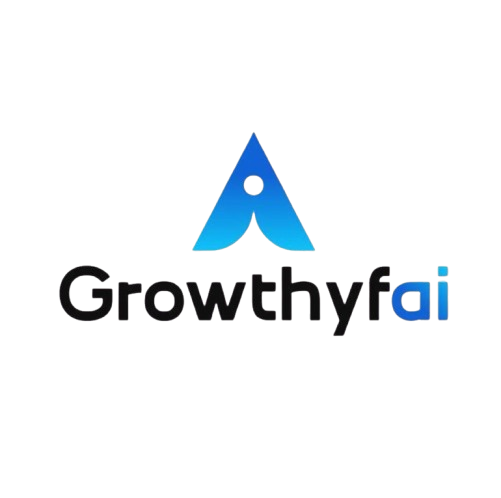
The advent of artificial intelligence has ushered in seismic shifts across various facets of our lives, from self-driving cars to voice-activated home assistants. The latest groundbreaking innovation is particularly thrilling for new parents: an AI-powered device that translates baby cries in real-time. It stands to revolutionize parenting by offering insights into a baby’s needs, thereby reducing stress and enhancing the early parenting experience. Let’s delve into how this AI marvel is set to change the parenting game.
Understanding the Importance of Decoding Baby Cries
For generations, parents have been hastily trying to decode the nuance of their infants’ cries. A baby’s cry is its primary mode of communication, signaling needs ranging from hunger to discomfort or even a desire for sleep. Traditionally, parents and caregivers rely on intuition, trial, and error, or experience to interpret these cries, which can be stressful and exhausting, particularly for first-time parents. With an AI-powered device, parents can now bypass the guesswork involved in this aspect of childcare, offering peace of mind and a profound understanding of their child’s needs.
How AI Translates Baby Cries
The device employs machine learning algorithms that have been trained on a diverse dataset consisting of thousands of baby cry audio samples. By analyzing variations in pitch, tone, and duration, the AI can classify cries into several categories, such as hunger, pain, sleepiness, or the need for a diaper change. Utilizing real-time processing power, the device provides immediate feedback, which can be displayed on an app or device interface, helping caregivers act promptly.
The machine learning models get better over time, learning the unique vocal patterns of individual babies, thereby increasing accuracy and providing a more personalized caregiving experience. This adaptation is key in offering relevant and actionable insights, resulting in a more harmonious bond between parents and their children.
Real-World Applications and Benefits
Imagine a scenario where a single mother balances working from home while caring for a newborn. The AI-powered device becomes an indispensable assistant, ensuring she attends to her baby’s specific needs without second-guessing. Beyond this, it serves as a learning tool, accelerating new parents’ understanding of their child’s developing communication style.
Furthermore, healthcare providers can utilize this technology to monitor infants’ well-being more effectively, potentially flagging any concerns that might require medical attention. This risk-management feature adds another layer of security, ensuring that any unusual crying patterns don’t go unnoticed.
While the immediate benefits pertain to the household, the broader implications for childcare workers and pediatricians should not be understated. Caregivers in nurseries and hospitals could leverage this technology to improve care quality, tackling issues with precision and providing informed feedback to parents.

Addressing Privacy and Ethical Concerns
As with any technology involving AI, privacy and ethical considerations are paramount. Concerns about data security, especially involving minors, must be scrupulously managed. Device manufacturers must prioritize robust data protection measures, ensuring that sensitive information remains confidential and secure from unauthorized access.
Additionally, transparency regarding data usage and storage practices will alleviate parental concerns. Ethical guidelines should also be developed to balance technological advancement with the fundamental rights of privacy, protecting the family’s most intimate moments.
Future Developments and Innovations
The potential future developments in AI-powered parenting tools are both awe-inspiring and boundless. As voice recognition and AI technologies continuously evolve, integration with other smart devices in the home is plausible. Imagine a crib that adjusts its rocking pattern based on the baby’s current mood, as identified by the AI, or lights dimming automatically when the AI detects sleep cues.
Moreover, multilingual functionality could widen access, breaking down barriers for non-English speaking families and offering a truly inclusive solution. The AI could also be adapted to assist with monitoring developmental milestones, such as first words, offering emotional insights, and synthesizing that data into wellness analytics for healthcare providers.
Conclusion
It’s undeniable that AI is becoming an ever-more integral part of contemporary living, empowering us to solve challenges and improve our quality of life. The AI-powered device capable of translating baby cries in real-time is a testament to the limitless possibilities of technology applied thoughtfully, revolutionizing the foundational relationships between parents and their newborns.
As we stride into the future, responsibly harnessing the power of AI to support, rather than substitute, human touchpoints stands to transform parenting in profound ways. While it offers newfound clarity and comfort to parents, it also opens up a myriad of discussions surrounding ethics, data privacy, and the intrinsic value of human intuition in caregiving—a fascinating nexus of technology and humanity destined only to expand.
